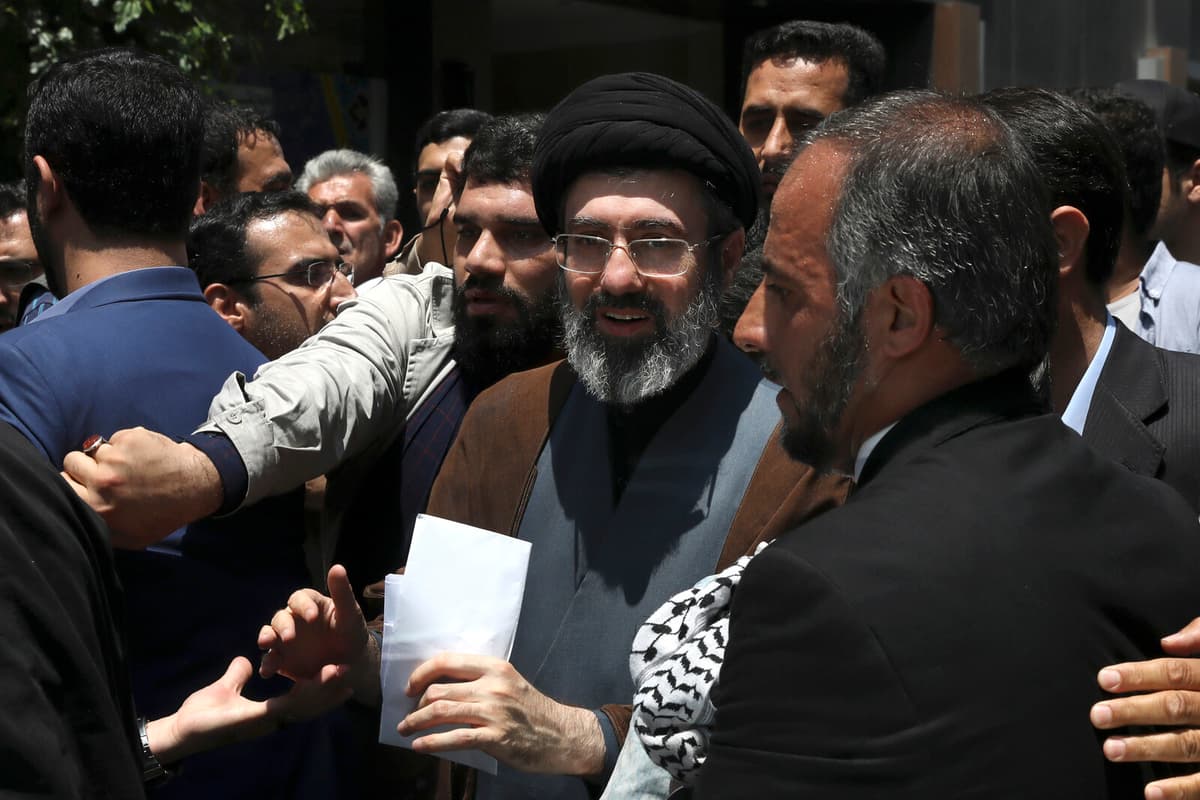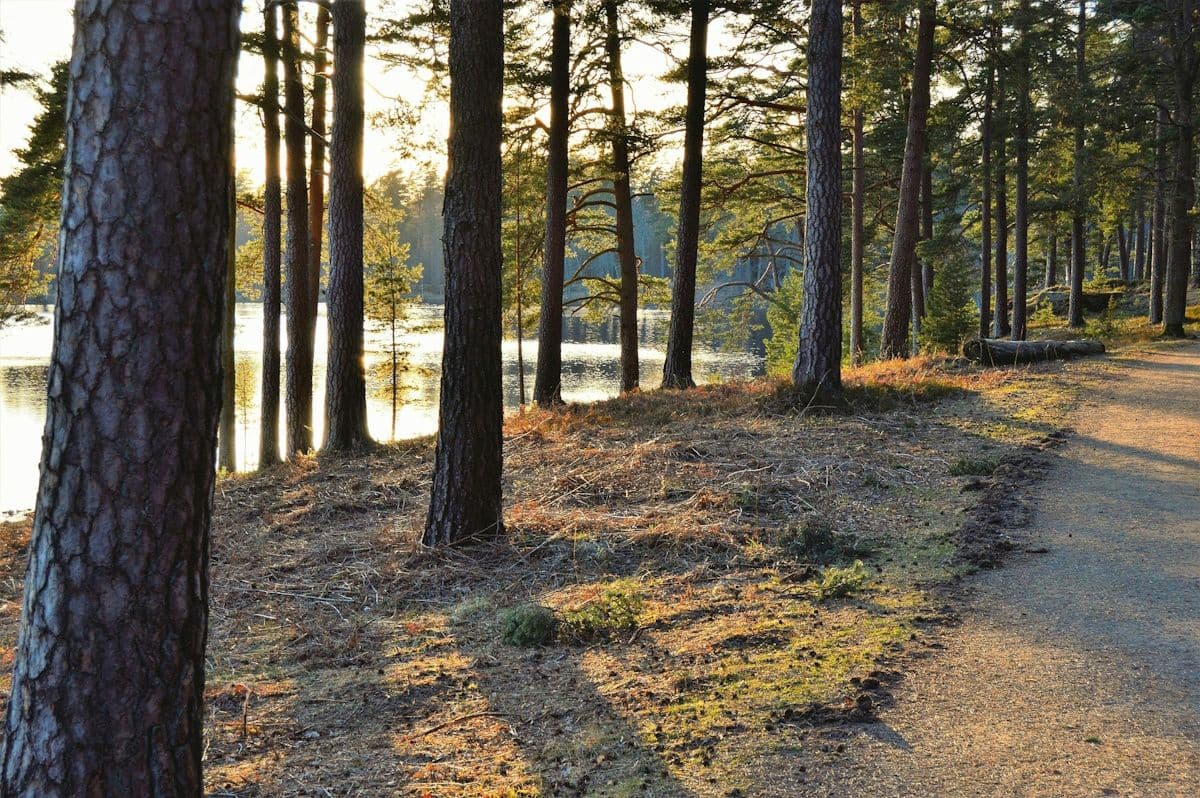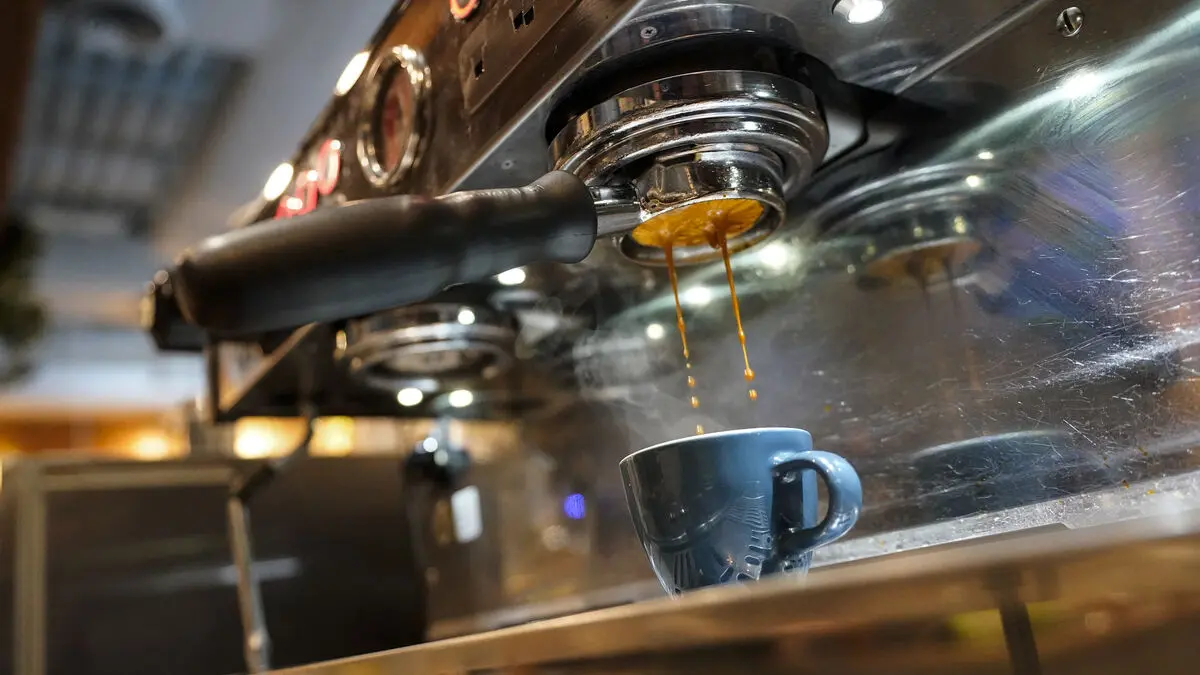The leader of the Revolutionary Guard, Hossein Salami, the intelligence chief Mohammad Kazemi, the air force commander Amir Ali Hajizadeh, and two wartime chiefs of staff, Gholamali Rashid and Ali Shadmani.
Large parts of the inner circle that Ali Khamenei is said to rely on for regular advice have been wiped out in Israeli attacks.
The spiritual leader himself is reported to be hiding in a bunker in northeastern Tehran – in vain, according to the US President: "He is an easy target" writes Donald Trump on social media, but at the same time assures that they will not kill him, "at least not now".
With his son?
Even if Khamenei were to be killed, which Israeli Prime Minister Benjamin Netanyahu does not rule out according to several media outlets, it does not necessarily mean an immediate end to the Islamic Republic of Iran.
The Iranian regime has built up a strong apparatus to maintain power, even in times like these. The system of government is skillfully designed by Khamenei's predecessor Ruhollah Khomeini, and is based on the fact that a council of experts can replace the spiritual leader after his death. And so far, the 88 members of that council have not been the subject of Israeli attacks.
According to opposition Iranian media, the ayatollah's son Mojtaba Khamenei is in the same hiding place as his father. Mojtaba is considered to be the one the leadership is preparing to take over power after his father. In recent years, Mojtaba Khamenei has begun to be called ayatollah in state Iranian media and he has made more and more public appearances.
But criticism of inherited power was a major factor behind the revolution in 1979 that introduced the Islamist regime. And much suggests that the population's anger is one of the greatest dangers to the regime now, alongside Israel's attacks.
Want to create internal unrest
This is something that both the Israeli and Iranian regimes are aware of.
Since the conflict with Israel escalated, increasingly harsh repressive measures have been taken against the Iranians. Several people who have expressed themselves critically of the population have been arrested and the internet has been shut down several times.
The American think tank CTP-ISW writes that Israel's attacks are likely aimed at infrastructure with the aim of creating an energy crisis and fueling the population's discontent with the regime. In an interview with the London-based Iran International, Benjamin Netanyahu addresses the regime-critical Iranians.
The hour of freedom is near. It's happening now, says the Israeli Prime Minister – at the same time as the Israeli bombardments have killed hundreds of civilians in Tehran.
Sophie Tanha/TT
Fact: All power comes from the ayatollah
TT
Power in Iran emanates from the Supreme Leader, who is seen as a representative of the twelfth imam who, according to Shia Islam, disappeared in the 9th century and is expected to return one day.
The Supreme Leader is elected by the so-called Council of Experts, which can also formally remove him from office. The Council of Experts consists of over 80 scholars who are elected in general elections every eight years – but all candidates must first be approved by the so-called Guardian Council, of which six of the twelve members are appointed by the Supreme Leader himself.
The rest of the Guardian Council is appointed by Iran's Attorney General (who is appointed by the Supreme Leader) and approved by Parliament. But all those who run for Parliament and the presidency must be approved by the Guardian Council.
The Supreme Leader is the commander-in-chief and appoints all leading positions within the judiciary, state media, and the so-called Mediation Council, which is to mediate in disputes between Parliament and the Guardian Council. He also has veto power over all important decisions made in the country.
The system is unique in the world and stands out in particular within Shia Islam, where the historical view has been that religion and politics should be kept separate.
Source: UI, Uppsala University





